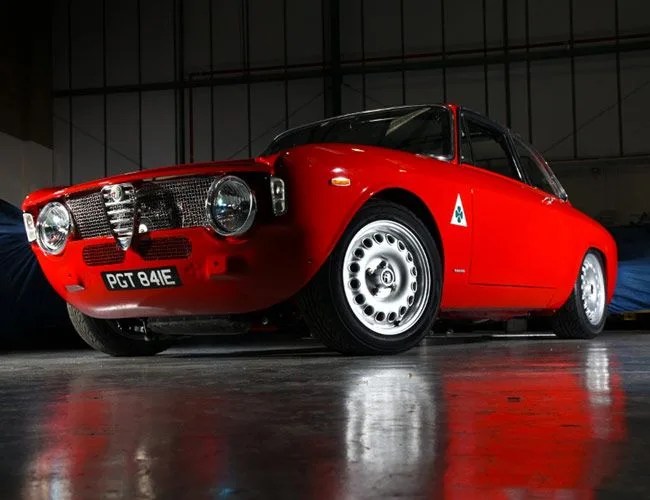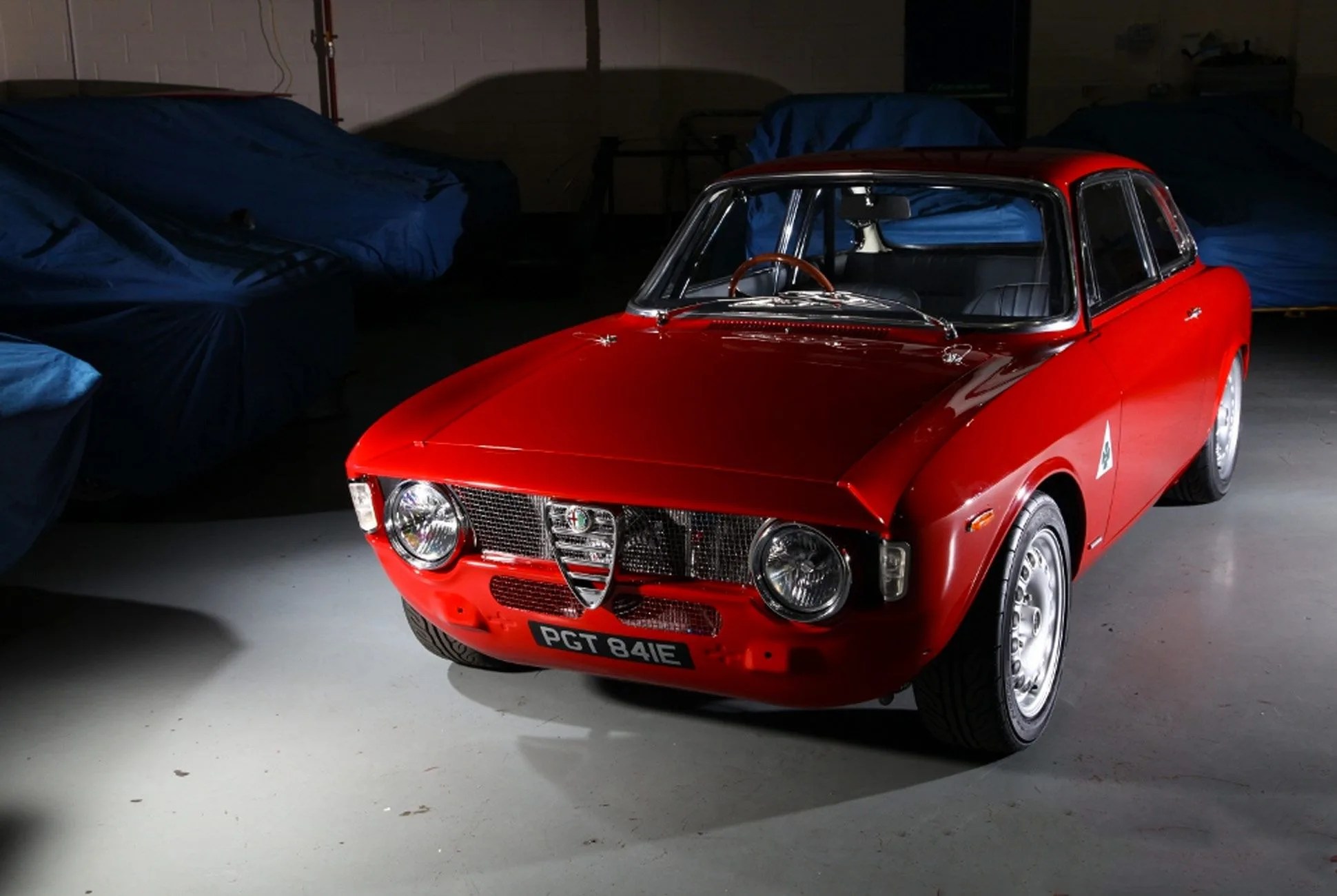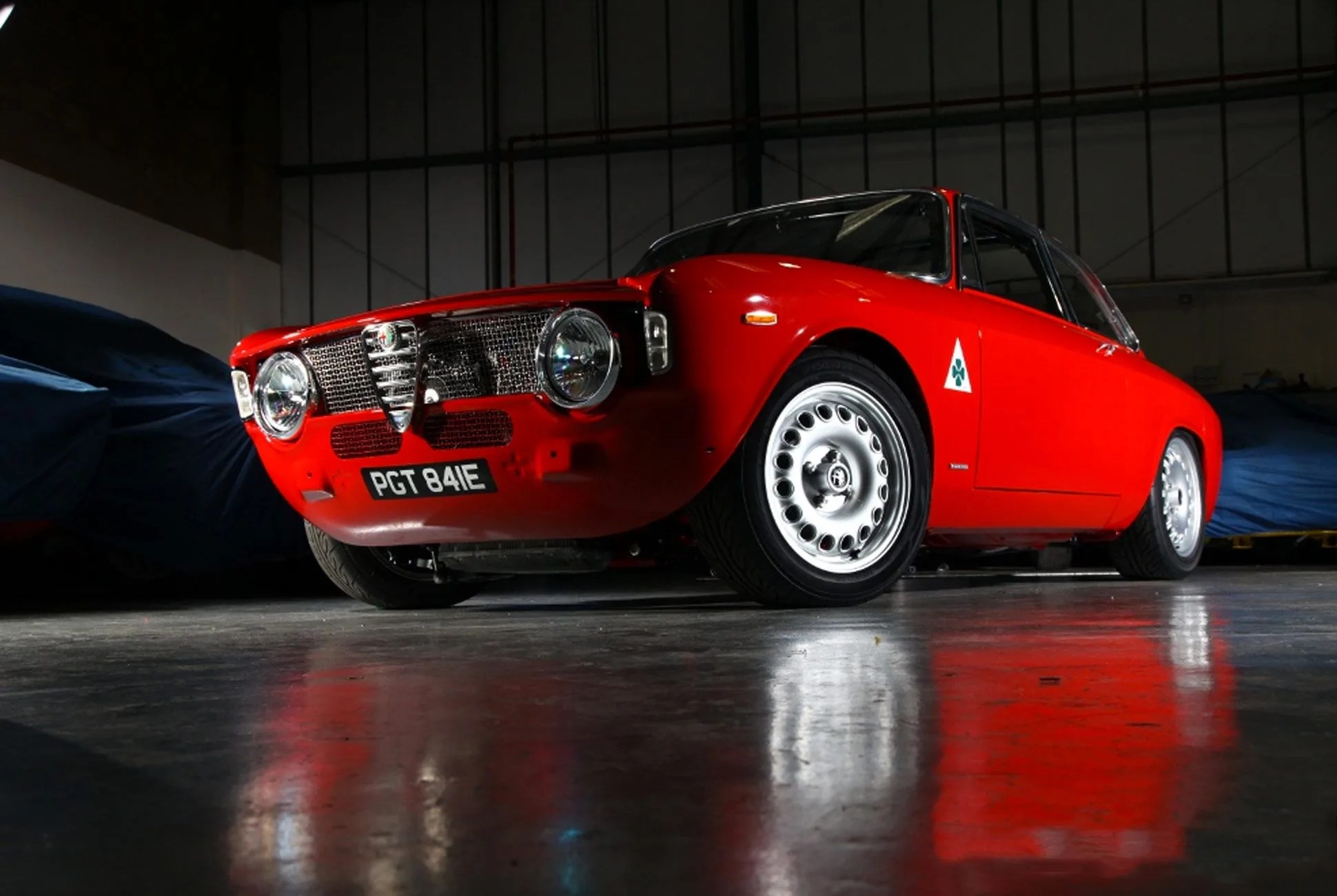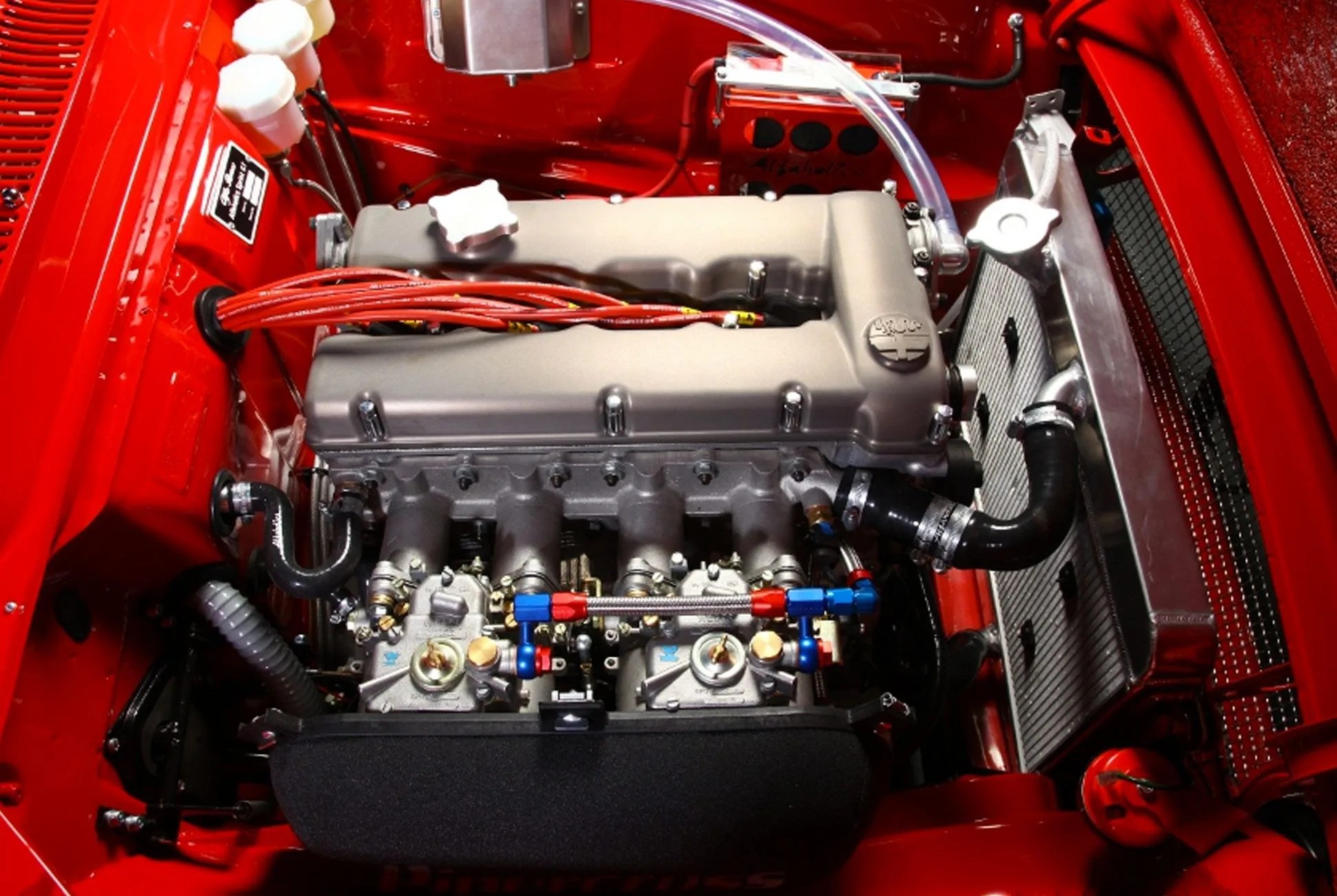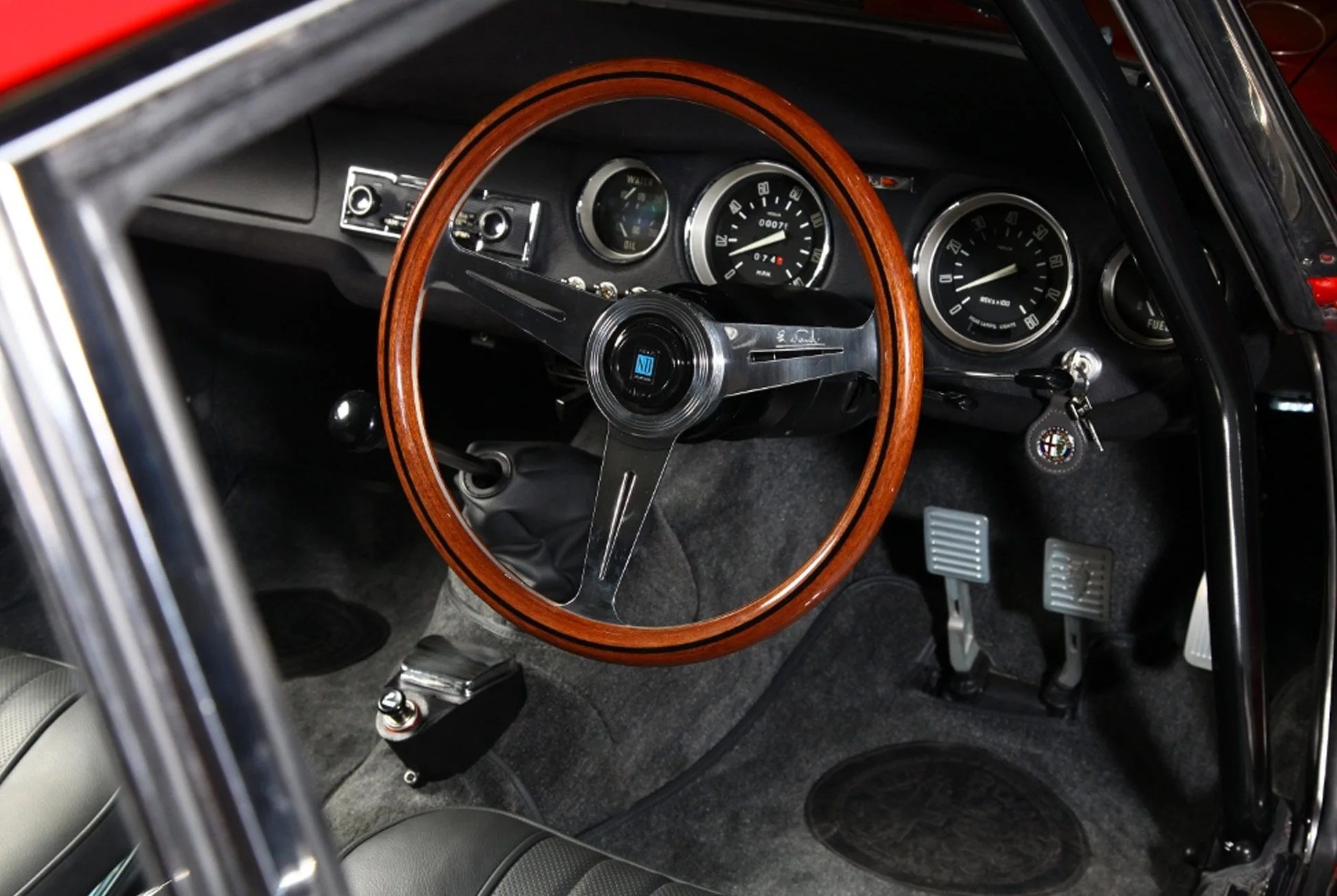5 photos
Resto-modification: Also known as resto-modding, this is the practice of modernizing an older car with an updated engine, suspension, brakes and other parts while generally keeping the car appear as stock as possible.
So many great classic cars have been overshadowed by the hype for classic Porsche 911s. The valuation bubble that older 911s have enjoyed recently is so expansive that even lesser Porsches like the 912 and 914 have even seen a slight uptick in values, purely due to proximity to Porche’s flagship sports car. And though 911 prices have stabilized somewhat, there’s no denying the rear-engined sports car’s consistently meteoric rise in popularity over the last couple decades. When that popularity seemed to reach terminal velocity, Singer Vehicle Design, the famous 911 re-imagination firm, came onto the scene and experienced equally impressive growth in reputation and notoriety. Like the 911 did to other incredibly capable cars of the same era, Singer’s resto-mod operation stole the spotlight away from other small-batch wrench works — most notably, Alfaholics and its Alfa Romeo-based GTA-R.
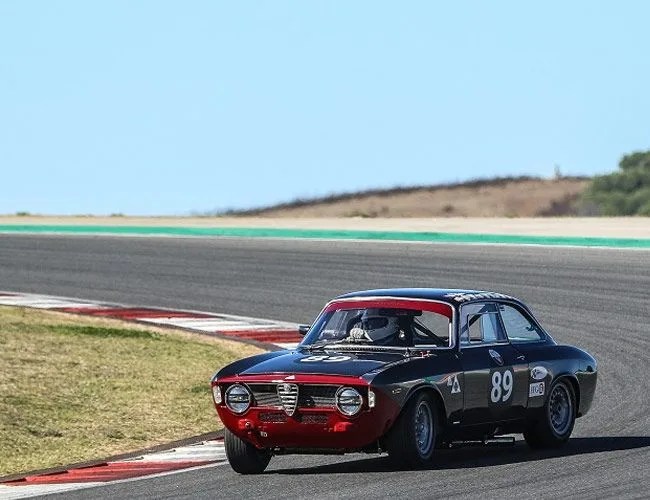
The GTA-R, however, is just the tip of the Alfaholic iceberg. The company was officially founded in 2000, but its spirit, dedication and love for the little Italian cars have been gestating for nearly half a century. It really started in 1977 when Richard Banks wanted to go racing in Alfa Romeo’s then-new 2.0-liter GTV, so he bought one. Banks loved the car so much — the way it handled, the way it was balanced — that he purchased a used 2000 GTV and fixed it up. But, as his son Max Banks puts it, his dad “was a cash-strapped race team owner trying to find money. He put the car in the Sunday papers and it sold almost immediately.” Richard Banks found his funding: in trading fixing and Alfa Romeos.
Through the ‘80s and ‘90s Richard put his knowledge of Alfa Romeo cars to use restoring old Alfas, in an unconventional way. He became one of the most prominent Alfa Romeo restorers in the U.K, but not because clients came to him. Max said his father “tried that, never liked the constraints of what one person may or may not want to do with their car. He liked to control his restorations and get the quality exactly where he wanted it to be and make the cars perfect.” So Richard Banks went out and bought other cars, then restored them and flipped them. But due to the economic downturn in the early ’90s, Alfa values plummeted and put the restoration business to the test. After Banks realized it wasn’t viable anymore, he dialed back on restoring cars and focused his energy and knowledge into providing parts as a mail-order outfit for Alfa owners the world over. That’s when the Alfaholics name became official.
Richard never stopped building, restoring and racing Alfas for himself. In 1996 Richard fixed himself up a Sprint GT, modified it to look like a GTA — as the first car built under the new mail-order parts company, he called it an Alfaholics GTA replica. As Max recalls, “it was number one. It was the first time we took a Sprint GT with all aluminum boot, bonnet and doors, [and] put all the GTA grilles and panels on it. We called it the Alfaholics GTA replica. And that’s how we raced it.” At that time, Max’s problem was, since he’s the younger of the two sons, that first car was more his older brother Andrew’s simply because he was old enough to drive it and race it.
